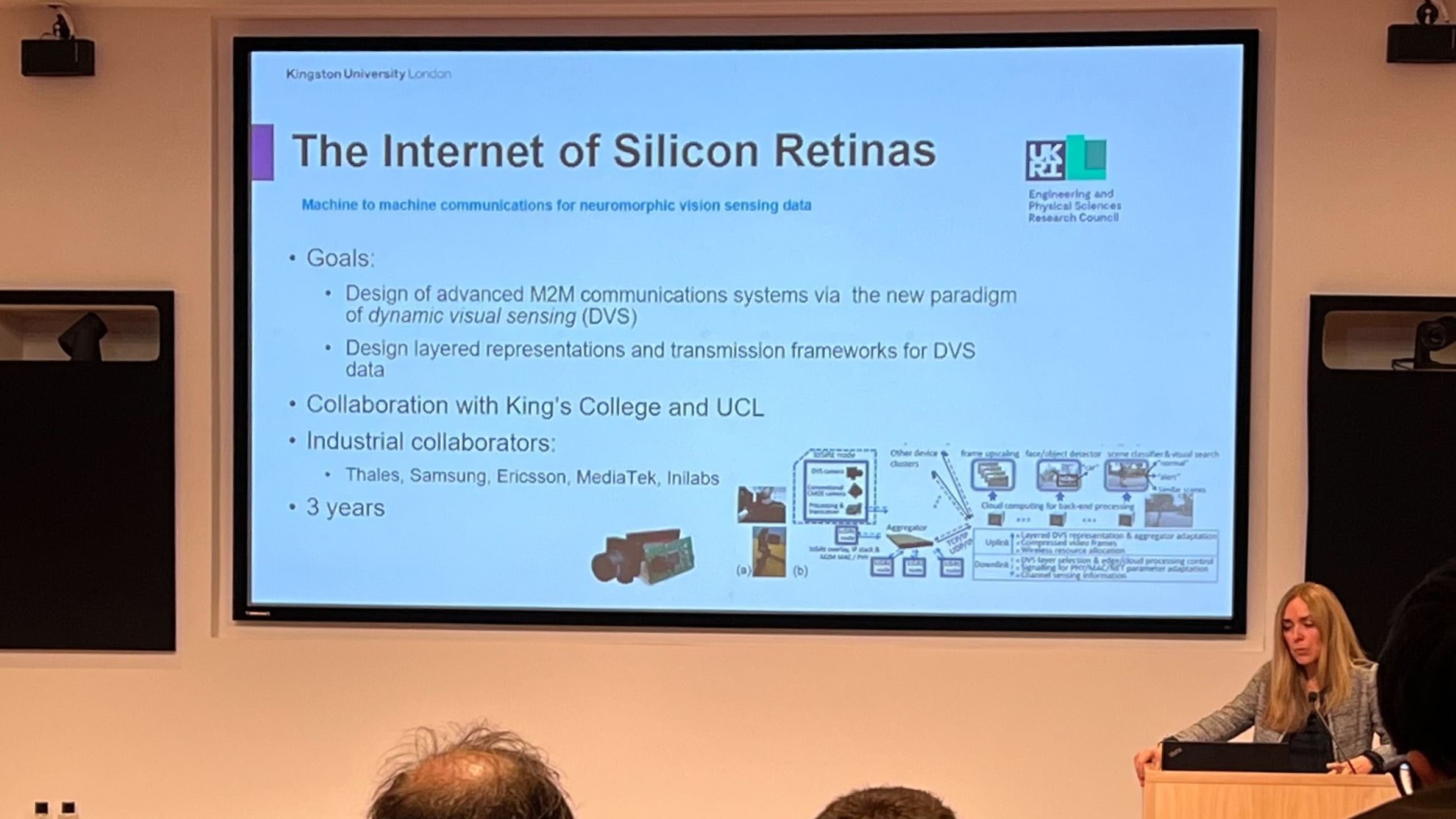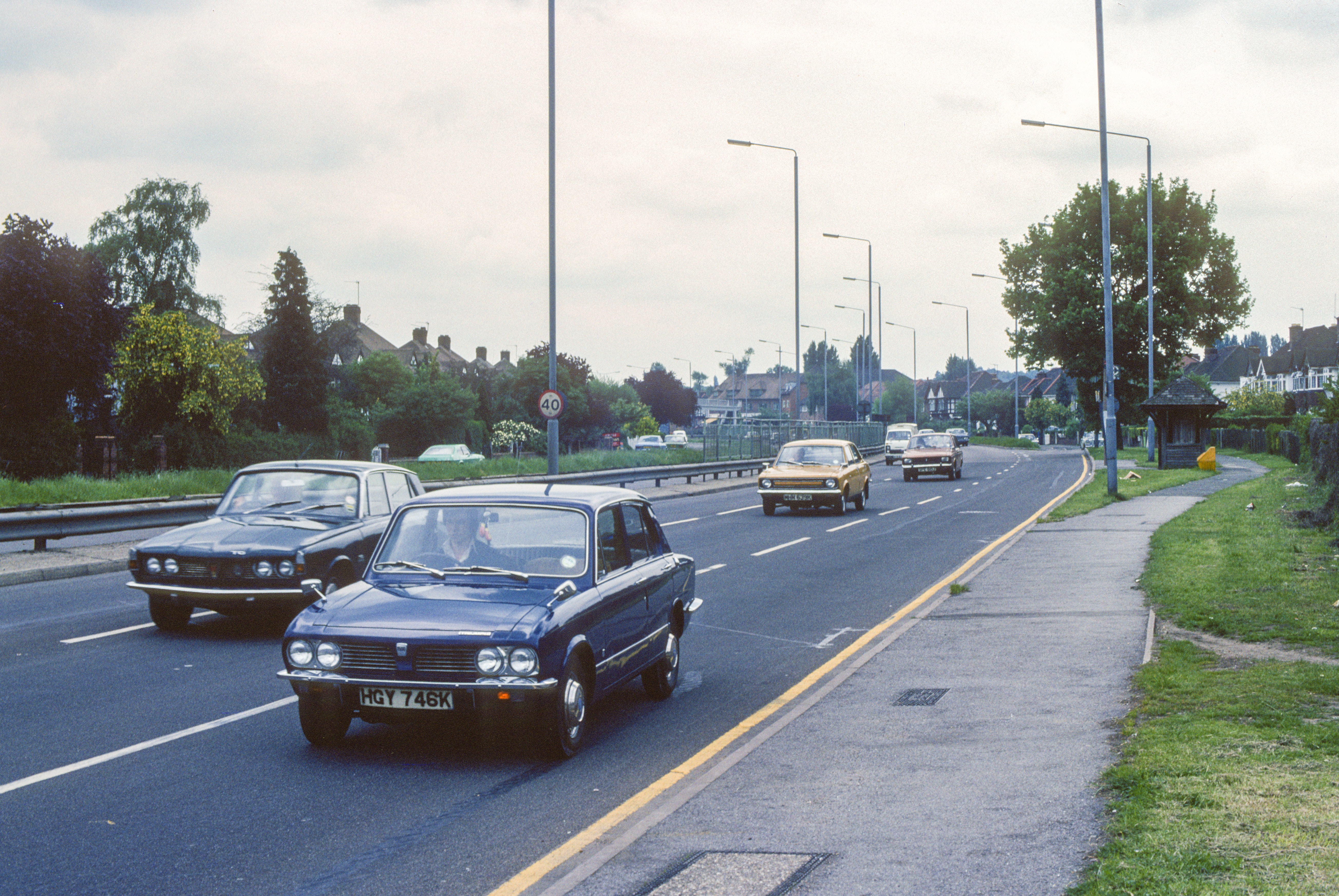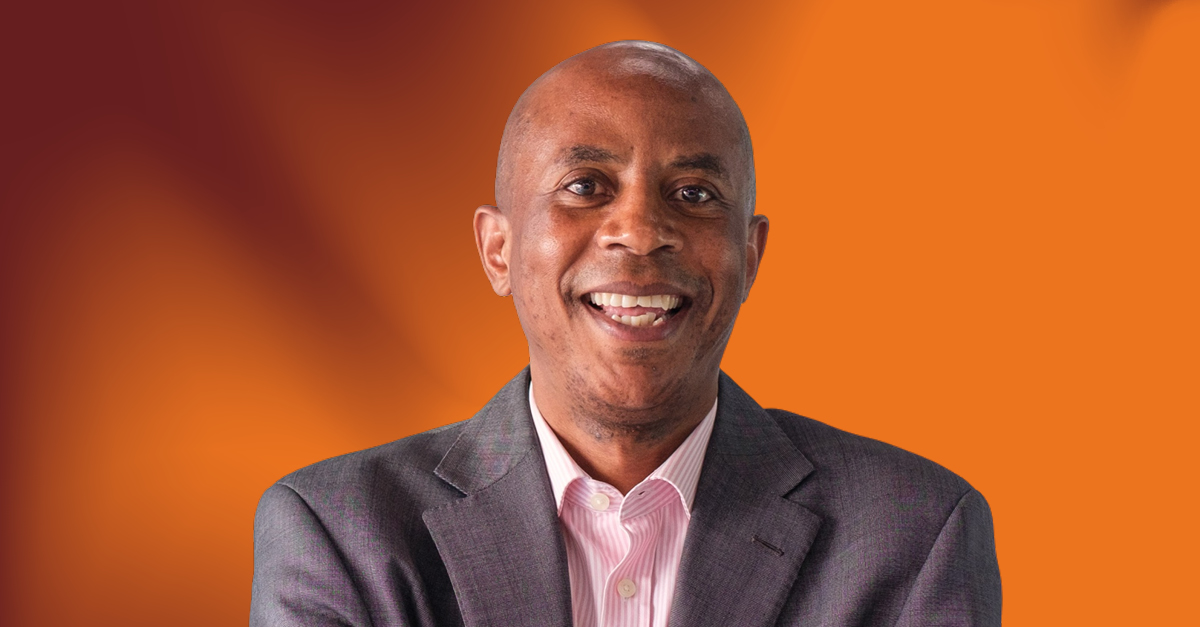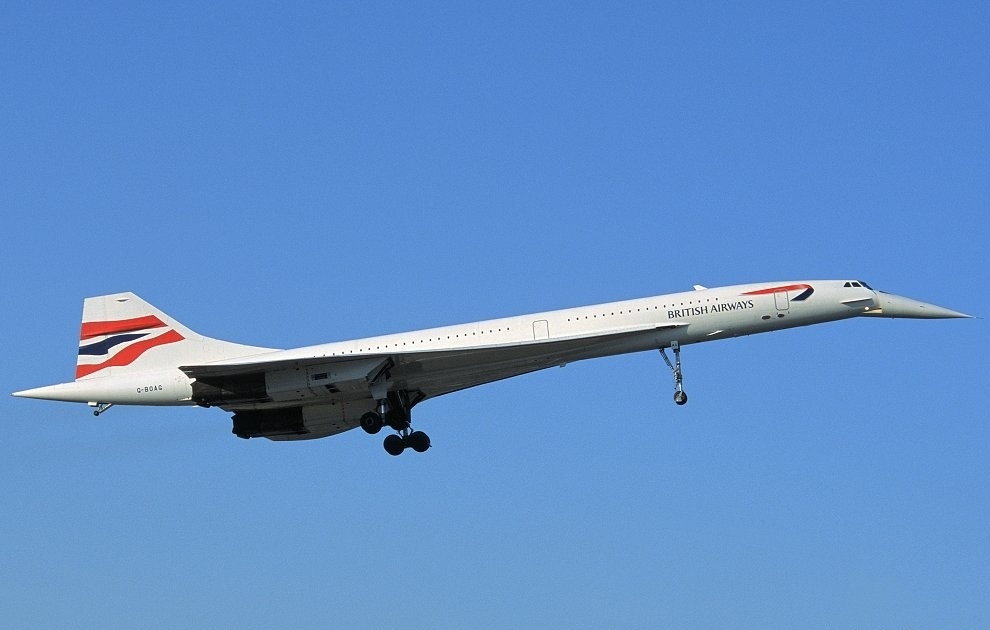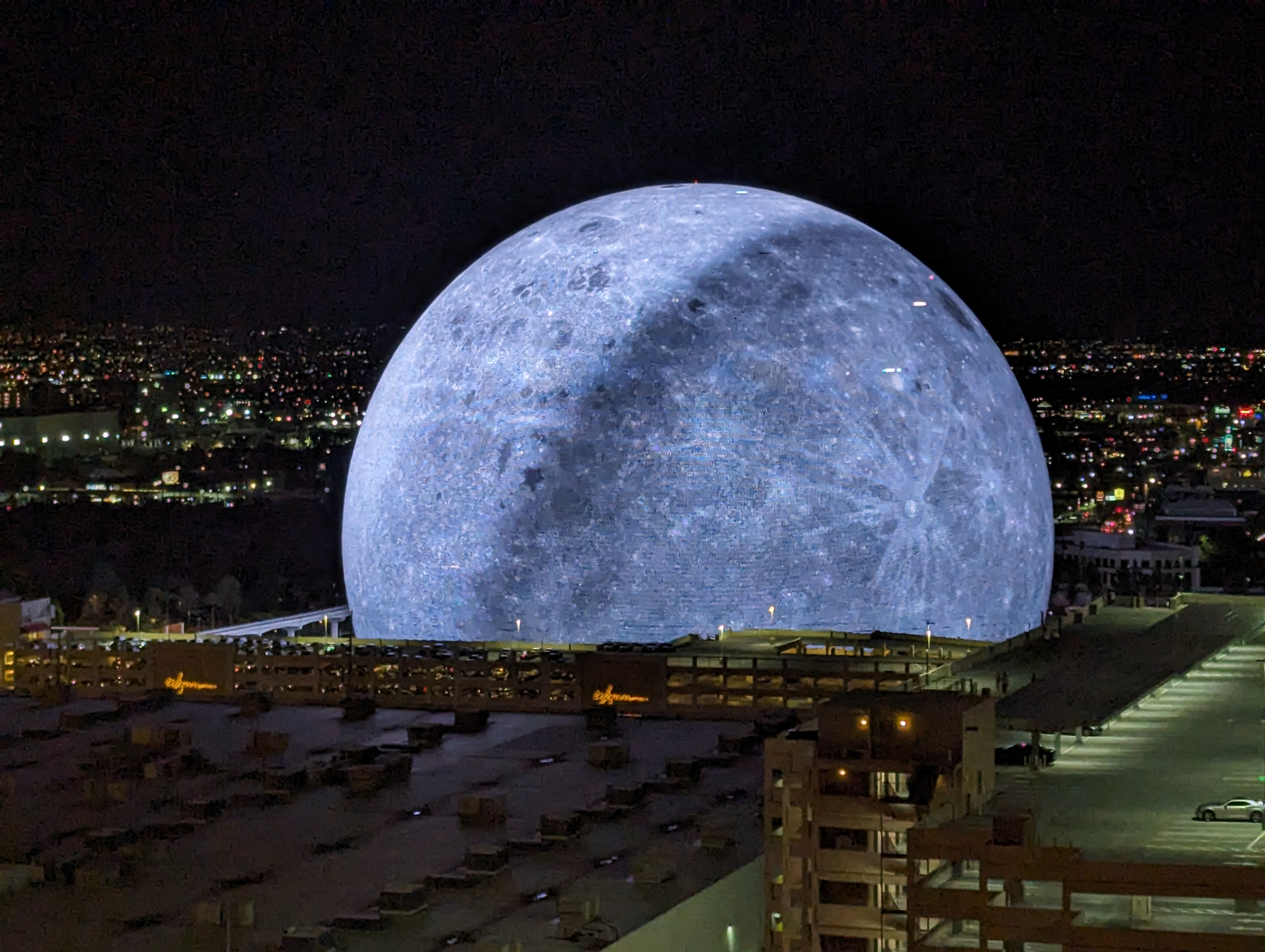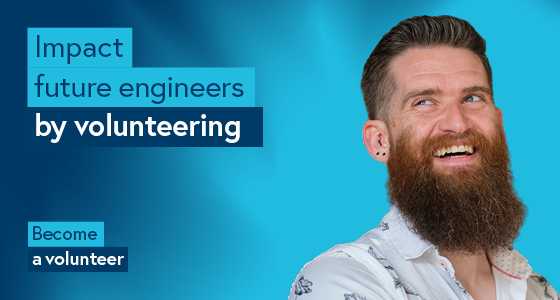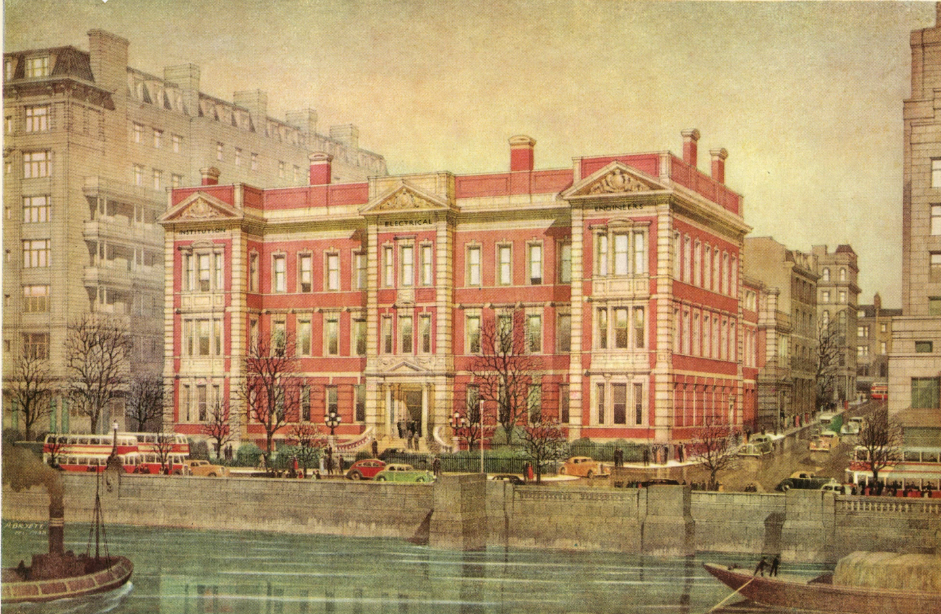Removing carbon from buildings, easier said than done but not impossible
Building carbon out of the built environment requires a huge shift in culture and perspective. But, like so much else, it is an engineering problem with an engineering answer. Buildings don’t immediately spring to mind when we think of the carbon in our atmosphere. They may not have engines, but the structures that make our built environment create vast volumes of carbon. Achieving net-zero carbon will be very difficult without including the built environment in our calculations. Net-zero is the idea any or all greenhouse gases (GHG) emitted during the activities of an organisation should be balanced by removing a similar volume of carbon from the atmosphere. It is a huge challenge, yet if we are to avoid the worst effects of climate change, achieving net zero will be vital. Construction…



